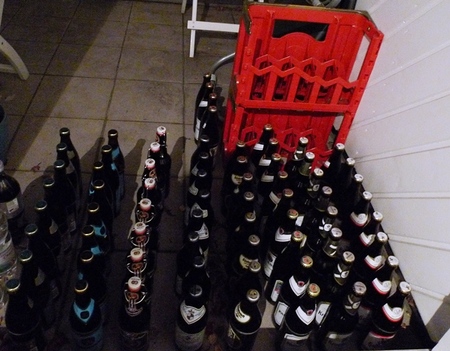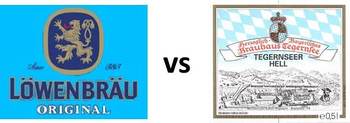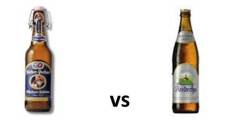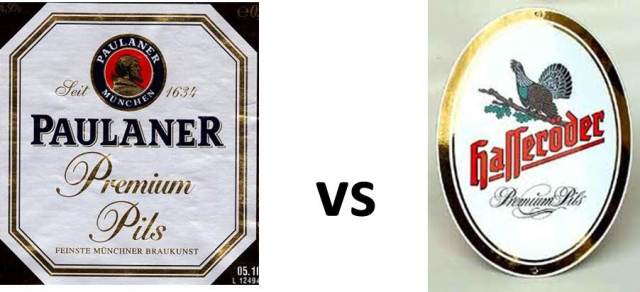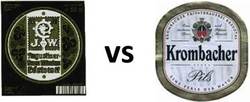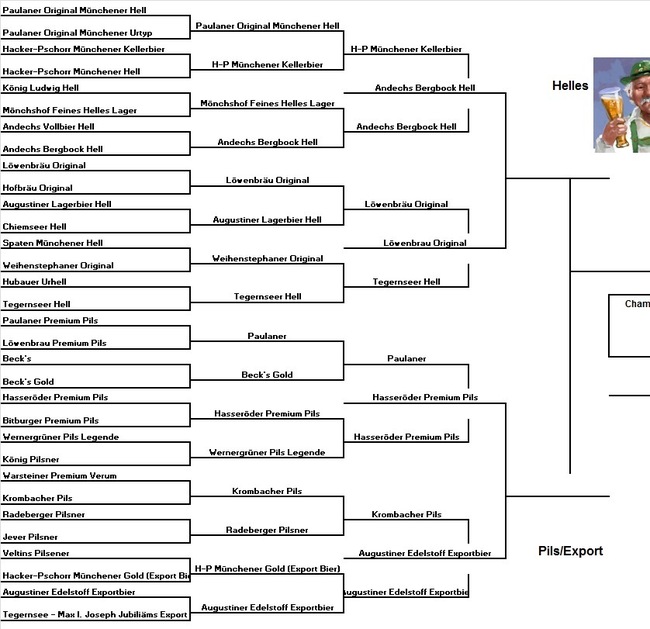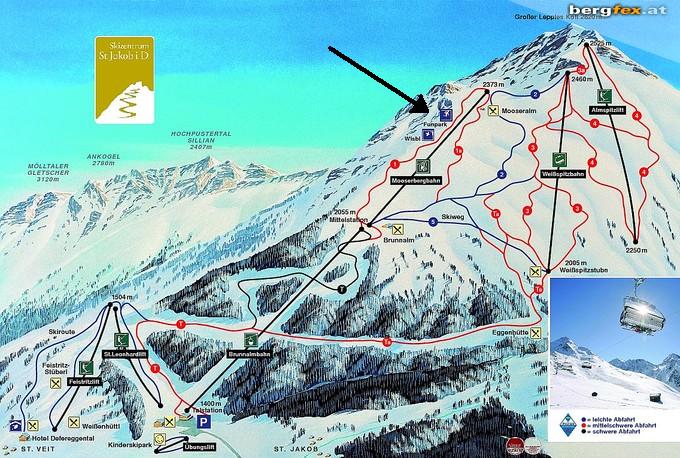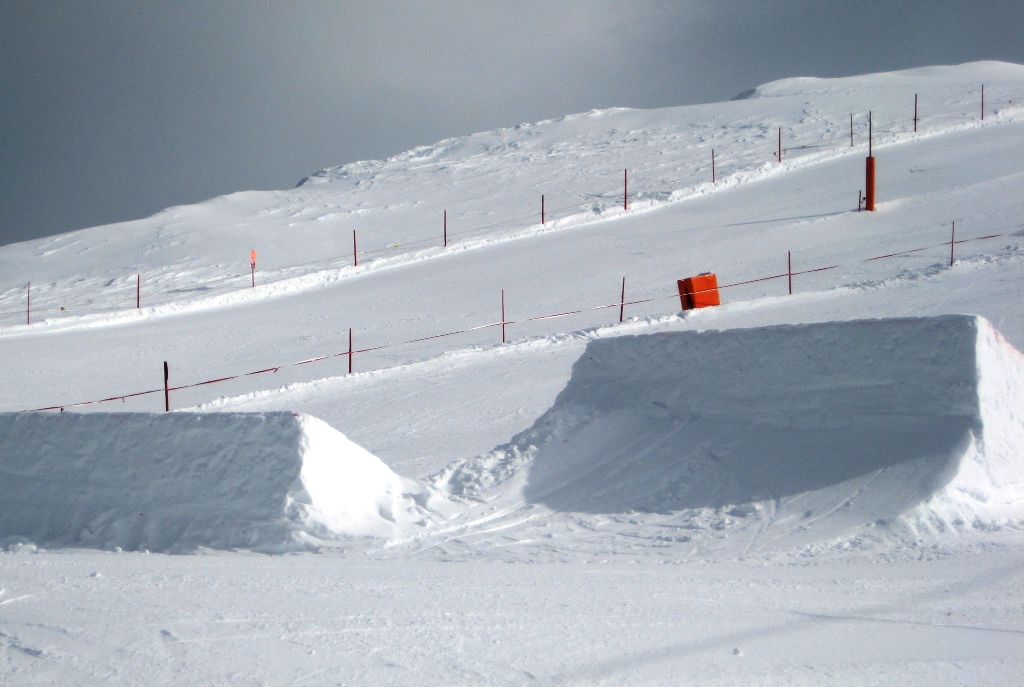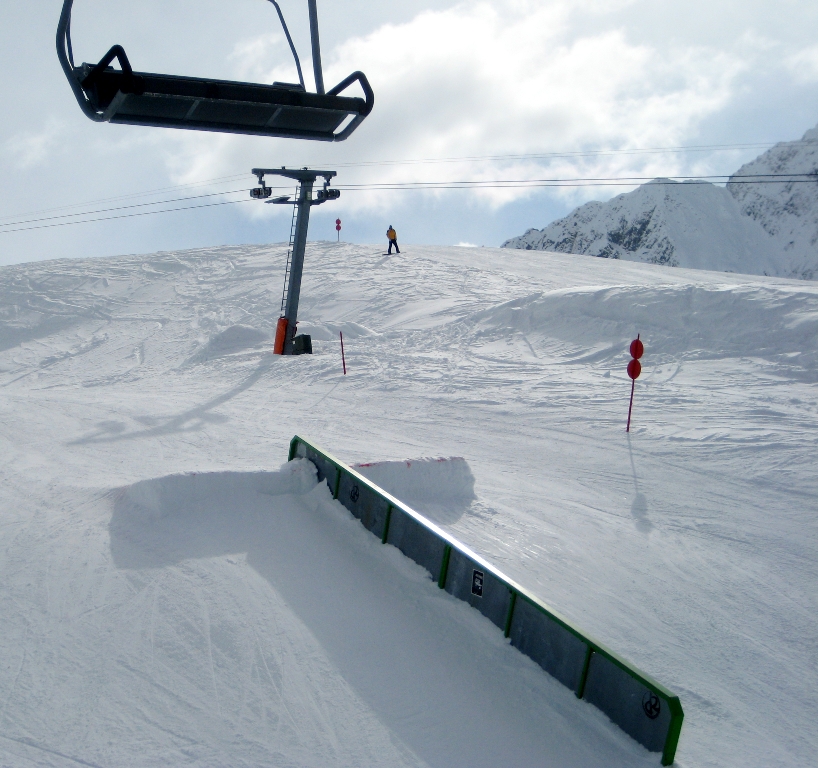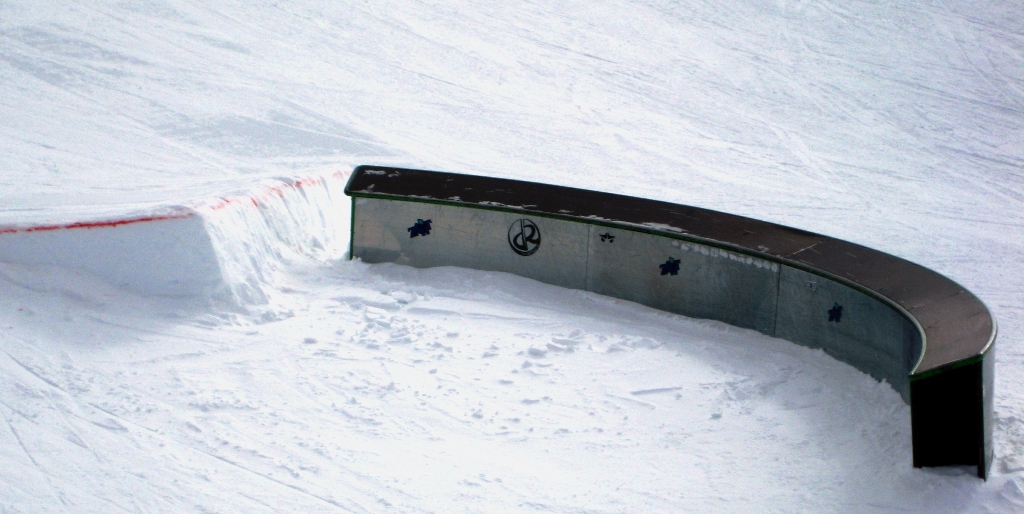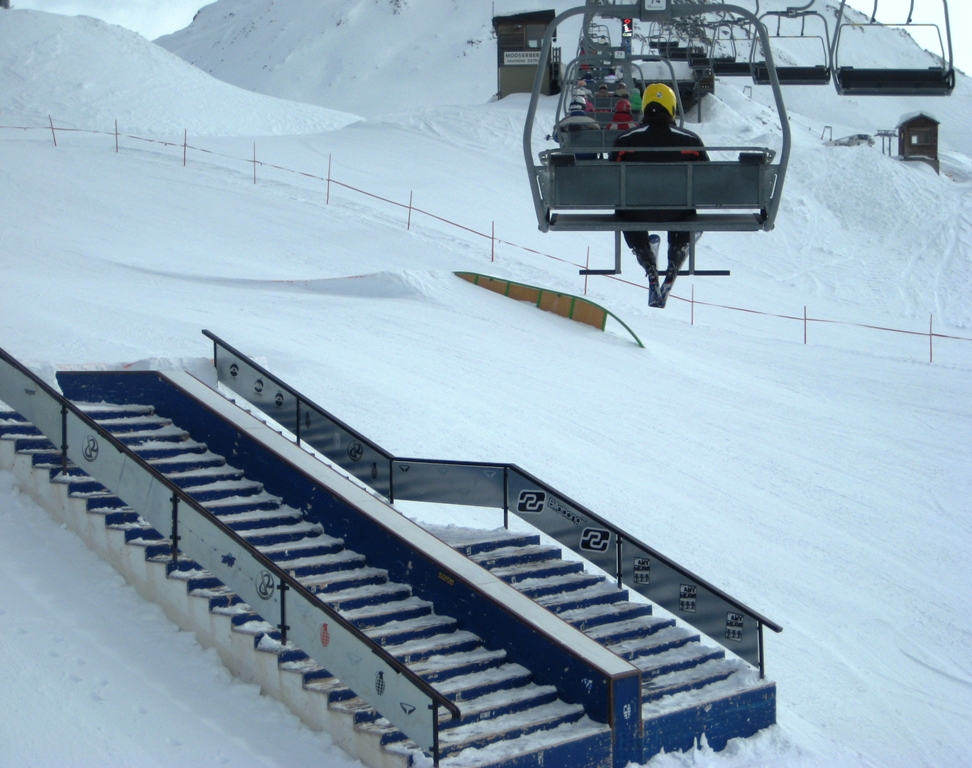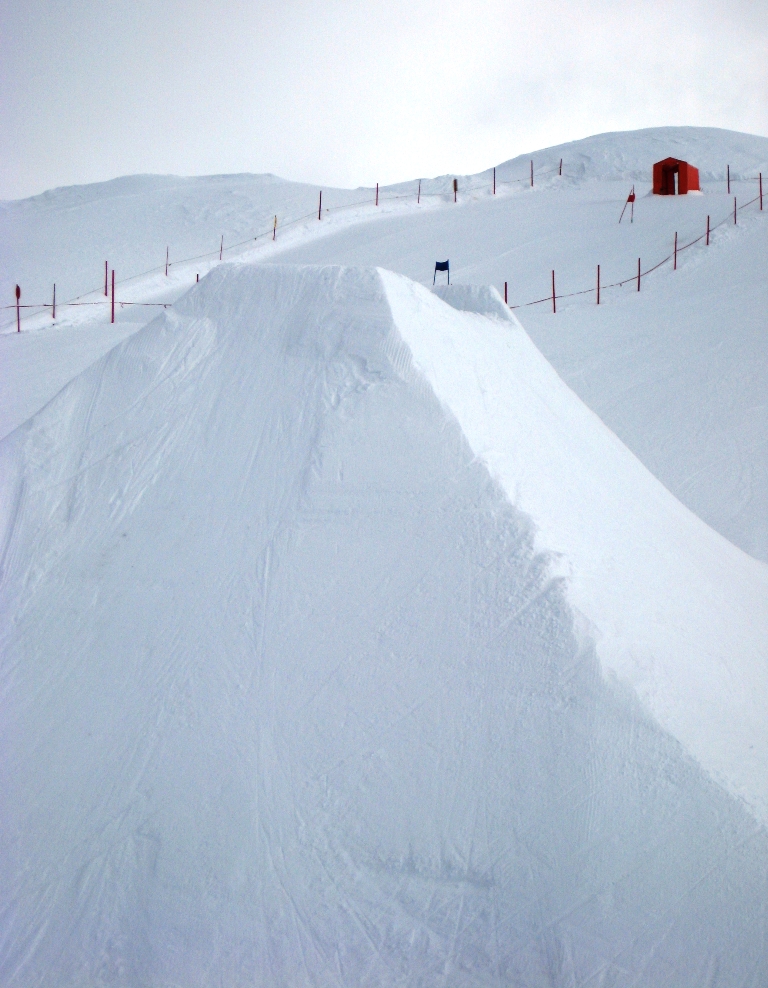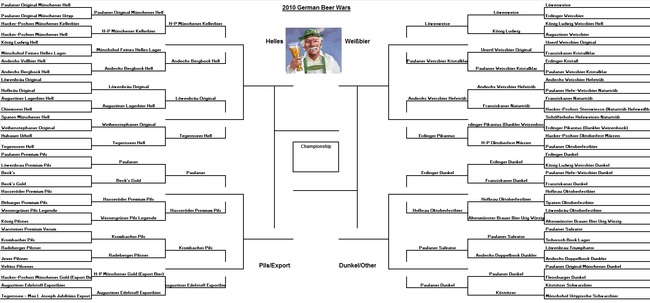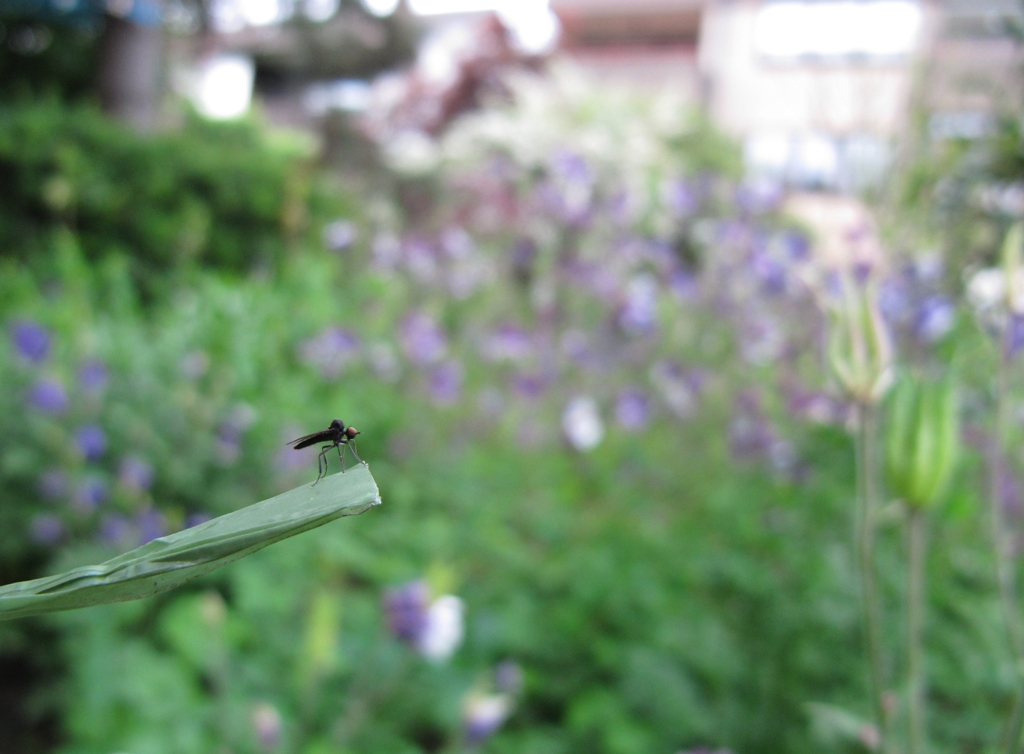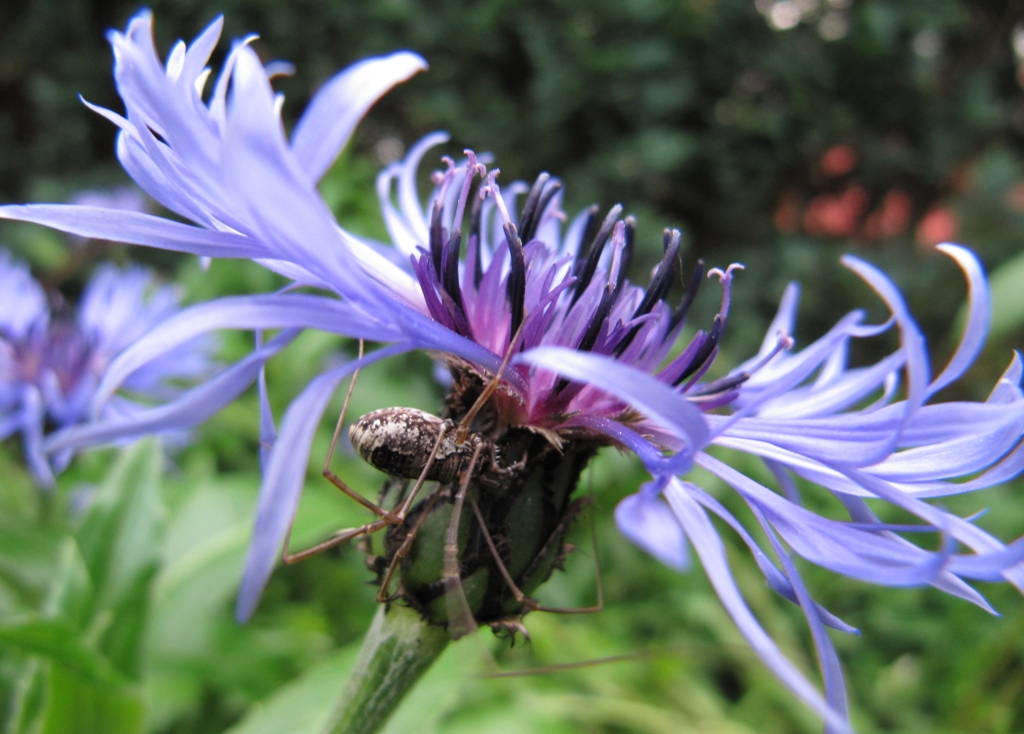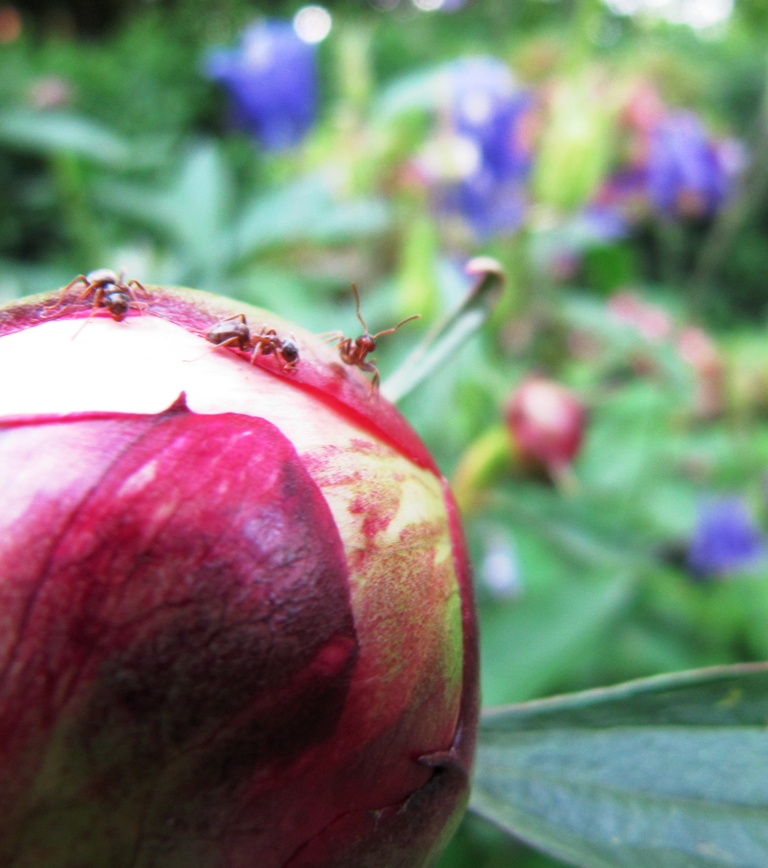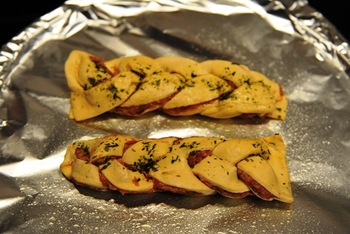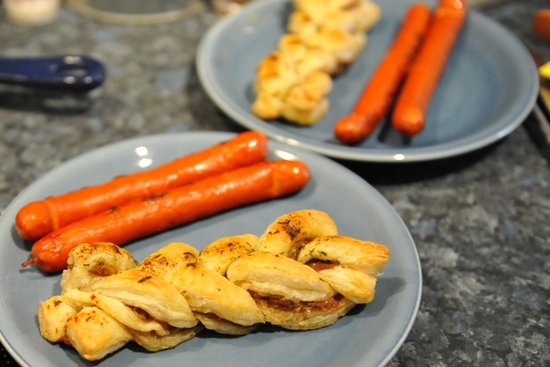Sweet Sixteen Matches - Weissbier and Dunkel
 Friday, March 25, 2011 at 10:00
Friday, March 25, 2011 at 10:00 Having selected the four representatives from the Helles/Pils half of the beer tournament, we moved to the other side to select the top four from the Weissbier and Dunkel regions.
Again we invited friends to help with the voting, and made a hearty beef stew to help absorb some of the alcohol...we knew anything with Dunkel, Oktobefestbier and Starkbier involved was potentially dangerous!
 We began the games with a contest between two variations on Weißbier - Löwenbräu's Löwenweisse (a traditional unfiltered weißbier and another underdog victory for Löwenbräu*) vs Paulaner's Weissbier Kristallklar, which was like discovering a new style of beer. Equally shocking was the outcome - the Kristallklar pulled out another victory! What was most fun was hearing the reactions of our German friends. Germans (especially in Bavaria, which has such a long and rich tradition) are very traditional and reacted to the kristallklar weissbier much like people reacted to Crystal Pepsi: that's not what it's supposed to look like! That's why we had everyone taste the contestants "blind". In fact, by filtering the weissbier, it becomes a little less "mouthy" and a little fresher, almost riding the fence between a weiss and the beloved helles. It took the contest by a clear 2/3 margin and left many scratching their heads, saying "I voted for a kristalweissbier???" Luckily, we have seen our friends since and the Free State of Bavaria ("Freistaat Bayern") has not revoked their citizenship for liking a filtered weissbier.
We began the games with a contest between two variations on Weißbier - Löwenbräu's Löwenweisse (a traditional unfiltered weißbier and another underdog victory for Löwenbräu*) vs Paulaner's Weissbier Kristallklar, which was like discovering a new style of beer. Equally shocking was the outcome - the Kristallklar pulled out another victory! What was most fun was hearing the reactions of our German friends. Germans (especially in Bavaria, which has such a long and rich tradition) are very traditional and reacted to the kristallklar weissbier much like people reacted to Crystal Pepsi: that's not what it's supposed to look like! That's why we had everyone taste the contestants "blind". In fact, by filtering the weissbier, it becomes a little less "mouthy" and a little fresher, almost riding the fence between a weiss and the beloved helles. It took the contest by a clear 2/3 margin and left many scratching their heads, saying "I voted for a kristalweissbier???" Luckily, we have seen our friends since and the Free State of Bavaria ("Freistaat Bayern") has not revoked their citizenship for liking a filtered weissbier.
* Question: Is it correct to call something an underdog when it's this big and commercial? But really, Müncheners give Löwenbräu the short shrits and NO ONE thought it would get anywhere in the tourney...
 Next up we had another traditional weissbier vs a dunkler weizenbock. After beating out all the other unfiltered weißbier, Andechs' Weissbier Hefetrüb took on the Erdinger Pikantus, which had blown away its weißbier and oktoberfestbier competion.
Next up we had another traditional weissbier vs a dunkler weizenbock. After beating out all the other unfiltered weißbier, Andechs' Weissbier Hefetrüb took on the Erdinger Pikantus, which had blown away its weißbier and oktoberfestbier competion.
 The Pikantus tasting was a good transition toward the darker, stronger beers of the Dunkel region. In fact, we begin with another Erdinger. The Erdinger Dunkel, whose rich taste beat out the other dunkelweisbiers, was up against Hofbräu Oktoberfestbier, the only Oktoberfestbier to survive. This was a close vote, with only swing of 1-2 people that made the difference. The Oktoberfest was familiar and well-liked, but the complexity of the dunkel eeked out the victory. Some proposed a theory that with a different/lighter meal (we had beef stew) the Oktoberfest would have won. Perhaps the food made the difference, or perhaps because this was a later tasting (after 4 other beers) the dunkel stood out on its own more strongly. In any event, the Erdinger moves on and the Hofbräu goes home.
The Pikantus tasting was a good transition toward the darker, stronger beers of the Dunkel region. In fact, we begin with another Erdinger. The Erdinger Dunkel, whose rich taste beat out the other dunkelweisbiers, was up against Hofbräu Oktoberfestbier, the only Oktoberfestbier to survive. This was a close vote, with only swing of 1-2 people that made the difference. The Oktoberfest was familiar and well-liked, but the complexity of the dunkel eeked out the victory. Some proposed a theory that with a different/lighter meal (we had beef stew) the Oktoberfest would have won. Perhaps the food made the difference, or perhaps because this was a later tasting (after 4 other beers) the dunkel stood out on its own more strongly. In any event, the Erdinger moves on and the Hofbräu goes home. And then our last match was the battle of the Paulaners. Like Andechs, Paulaner has had a lot of success in the beer tournament. This matchup had Paulaner Original Münchener Dunkel, which defeated the Schwarzbiers in our very first matchup, vs Paulaner Salvator, which won The Dark & Dangerous Round. The Salvator surprised us in many ways - first, we never thought it was that good before...it's what you drink at Starkbierfest because that's what you drink...., and second, we always are served starkbier in the old-style pottery mugs, so we thought it was much darker and opaque than it really is. The Paulaner dunkel had a nice roasted malty sweetness, but the balance (a bit more hops to it) and finish (more alcohol!) of the Salvator made the difference bay a margin of about 3:2. The starkbier was truly "stark" (strong) tonight!
And then our last match was the battle of the Paulaners. Like Andechs, Paulaner has had a lot of success in the beer tournament. This matchup had Paulaner Original Münchener Dunkel, which defeated the Schwarzbiers in our very first matchup, vs Paulaner Salvator, which won The Dark & Dangerous Round. The Salvator surprised us in many ways - first, we never thought it was that good before...it's what you drink at Starkbierfest because that's what you drink...., and second, we always are served starkbier in the old-style pottery mugs, so we thought it was much darker and opaque than it really is. The Paulaner dunkel had a nice roasted malty sweetness, but the balance (a bit more hops to it) and finish (more alcohol!) of the Salvator made the difference bay a margin of about 3:2. The starkbier was truly "stark" (strong) tonight!And now we have set for our regional finals the next matches:
Weißbier Region - Paulaner Weissbier Kristallklar vs Andechs Weissbier Hefetrüb
Dunkel Region - Hasseröder Premium Pils vs Augustiner Edelstoff Export
 Frau A ...
Frau A ...  Post a Comment
Post a Comment  Beer,
Beer,  Germany & German Culture tagged
Germany & German Culture tagged  beer,
beer,  beer bracket,
beer bracket,  beer tournament ...
beer tournament ...  Print Article
Print Article  Email Article
Email Article 




